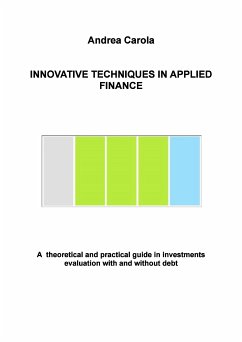This paper addresses several aspects related to financial analysis and cash flow techniques. The aim is to identify practical tools for use in investment decision processes. The investment science consists in the evaluation of financial return assets performed through cash flow discounting techniques. This technique ideally comprises 4 stages. - The first is the quantification of the main items relating to the cost, yield and residual value of an investment. - The second phase is the evaluation of the present value of an investment asset taken per se. - The third relates to the valuation of the asset when a debt is risen to purchase it. - The fourth is related to methods for selecting projects according to ranking. In this essay this process is reviewed and illustrated by grouping the main components in a format that simplifies the evaluation and comparison of projects, eliminating some inconsistencies that are present today to analysts. With the use of this text, the reader should be able to find solutions to cash flow and investment analysis problems through the use of tables provided in the appendix at the end of the book and to set up simple operations to deal with the solutions in this not always intuitive science of investment evaluations and to apply the results to more complex tasks, such as investments for companies. Competence required: at least two years of lower division courses in economics or business studies.
Bitte wählen Sie Ihr Anliegen aus.
Rechnungen
Retourenschein anfordern
Bestellstatus
Storno









